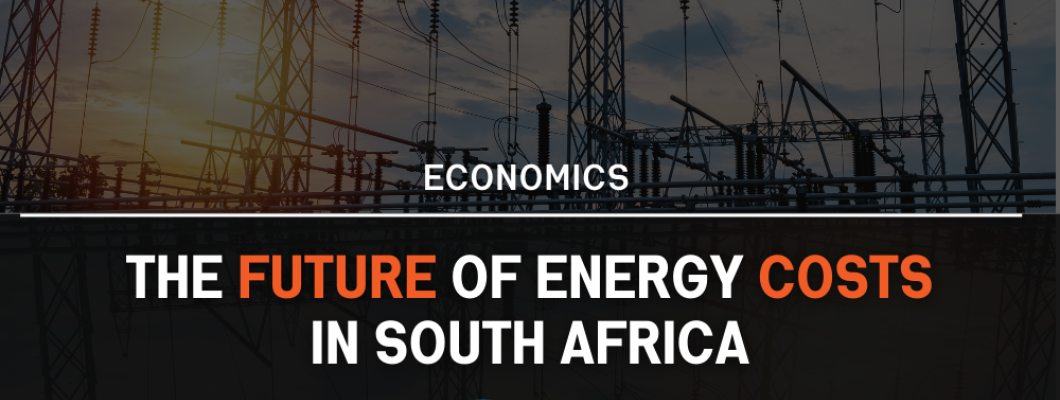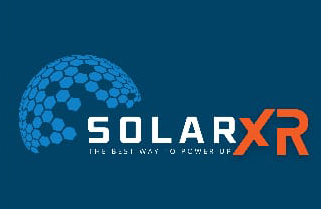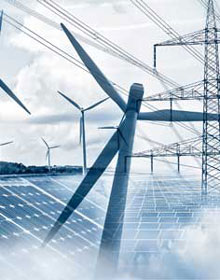
As South Africa grapples with a growing energy crisis, families are increasingly concerned about the rising costs of electricity. With Eskom's persistent challenges and the country's reliance on coal-fired power plants, the price of electricity is projected to continue climbing over the next five years. For a typical family of four, understanding these costs and exploring alternatives like solar power is becoming essential.
Currently, the average monthly electricity consumption for a family of four in South Africa is approximately 1,000 kWh. With the current tariff, this equates to around ZAR 1,500 per month. However, according to energy experts and analysts, electricity costs are expected to rise by an average of 10% per year over the next five years due to inflation, infrastructural upgrades, and the need to diversify energy sources.
By 2028, these compounded increases could mean that the same family might pay approximately ZAR 2,500 per month. Annually, this translates to an electricity expenditure of ZAR 30,000 by 2028, a significant increase from the current outlay.
In contrast, investing in a complete solar power system can offer a sustainable solution to these rising costs. A solar system for a typical household of four, including solar panels, an inverter, and battery storage, is currently estimated to cost between ZAR 100,000 and ZAR 150,000, depending on the specific energy needs and system capacity.
This initial investment may seem steep, but it is crucial to consider the long-term savings and environmental benefits. With the South African government's incentives and tax rebates for renewable energy installations, the effective cost can be reduced further.

The payback period for a solar power system generally ranges from 5 to 7 years, depending on the household’s energy consumption and the cost of electricity. Given the projected increase in electricity tariffs, the savings on electricity bills can accelerate this payback period.
For instance, if a family were to spend ZAR 150,000 on a solar system and save approximately ZAR 30,000 annually on electricity, they could effectively recoup their investment in five years. After this period, the family would essentially enjoy free electricity, aside from minimal maintenance costs.
Once the payback period is complete, the savings on electricity bills become significant. Over the next 25 years, the lifespan of a typical solar panel system, a family could save upwards of ZAR 750,000 assuming no increases in their current electricity price, and potentially more with continued tariff hikes.
Additionally, solar power systems increase a home's value and provide energy independence from the grid, which is particularly beneficial during load shedding or power outages. They also contribute positively to the environment by reducing the household's carbon footprint, a crucial consideration in the global fight against climate change.
In conclusion, while the upfront cost of a solar power system may seem daunting, the long-term financial savings and environmental benefits make it a viable and attractive option for South African families. As electricity costs continue to rise, investing in solar power not only provides economic relief but also offers a sustainable and reliable energy solution for the future. Families considering this transition can take advantage of government incentives and financing options to make the shift more accessible and affordable.


Leave a Comment